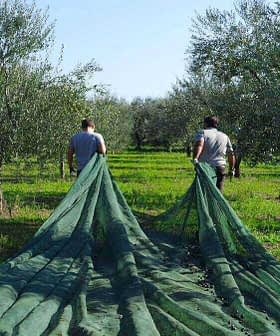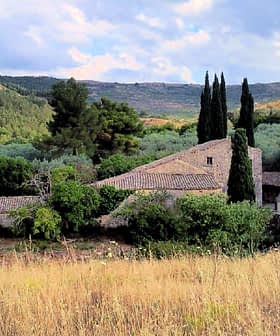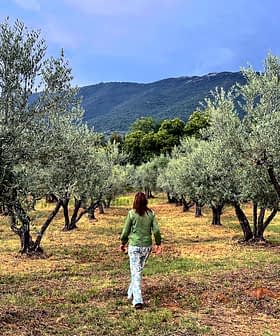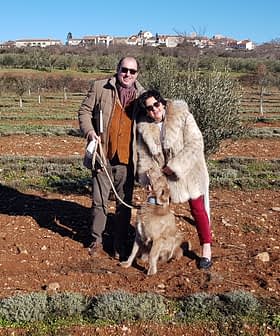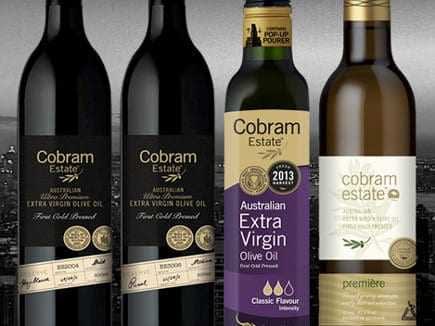
Australia and New Zealand punched above their weight at the 2013 New York International Olive Oil Competition last week. Though their production is small compared with other countries they together claimed four Best of Class, five Gold and two Silver awards.
From four entries, Cobram Estate, Australia’s largest olive oil producer, won two Best of Class Awards, the only producer to do so apart from Italy’s Frantoio Franci, as well as two Gold.
And Rylstone Australian Olive Oil tied with the same Italian company with a score of 9.60 out of 10 in the robust blend category — the second highest score in the whole competition — netting it a Best of Class to add to its two Gold awards.
Meanwhile New Zealand’s Mill Bay took Best in Class with its robust J5 olive oil, a cultivar found only in the far north of that country.
Australia’s Forest Edge Farm received a Gold award for its frantoio extra virgin, and Alto Olives won silver with its Alto Vividus monovarietal, as did Camilo Enterprises with Max’s Blend.
Australia’s medal share “impressive”
From a final field of more than 650 extra virgin olive oils from 22 countries, a total of 261 awards were made in the competition, of which Italy won the most Best of Class prizes, eight, but Australia was next with three, a result competition organizer and Olive Oil Times publisher Curtis Cord described as “a remarkable accomplishment.”
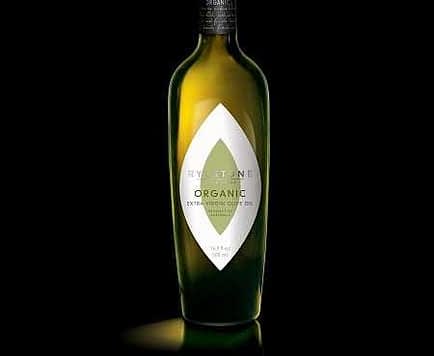
Rylstone Olive Oil
According to IOC figures, Australia produced just 19,000 tons of olive oil in the 2010/11 season, compared to 450,000 tons for Italy and 1.6 million tons for world leader Spain.
Consumers now linking quality to health benefits
Cobram Estate, based in the Australian state of Victoria, accounts for about half of the country’s annual production and executive chairman Rob McGavin told Olive Oil Times the awards reflected “absolute focus on the business of producing great quality extra virgin.”
“It’s not a fluke that we’re producing first class olive oil here,” he said. “We’re producing great quality extra virgin naturally because high labor costs have forced us into mechanization.”
“We’ve got a focus on really clean fruit and processing it in a very short period of time so that you’re giving it every chance to shine.” About 95 percent of the company’s production is extra virgin grade, he said.
“We’re doing it in volume so some of the blends that we’ve won gold medals on, we’ve got millions of liters of, not just a tiny amount.”
After two challenging years due to unseasonal wet summers, the olive fruit had loved the return to a traditional hot, dry one, he said.
People are starting to realize the link between olive oil quality and health benefits, “which works in our favor,” McGavin said. “We’ve got a very strong domestic market and Australian consumers are enjoying the very high quality.”
The winning olive oils from New Zealand and Australia are below. The full list of winners can be found at the Best Olive Oils website.

